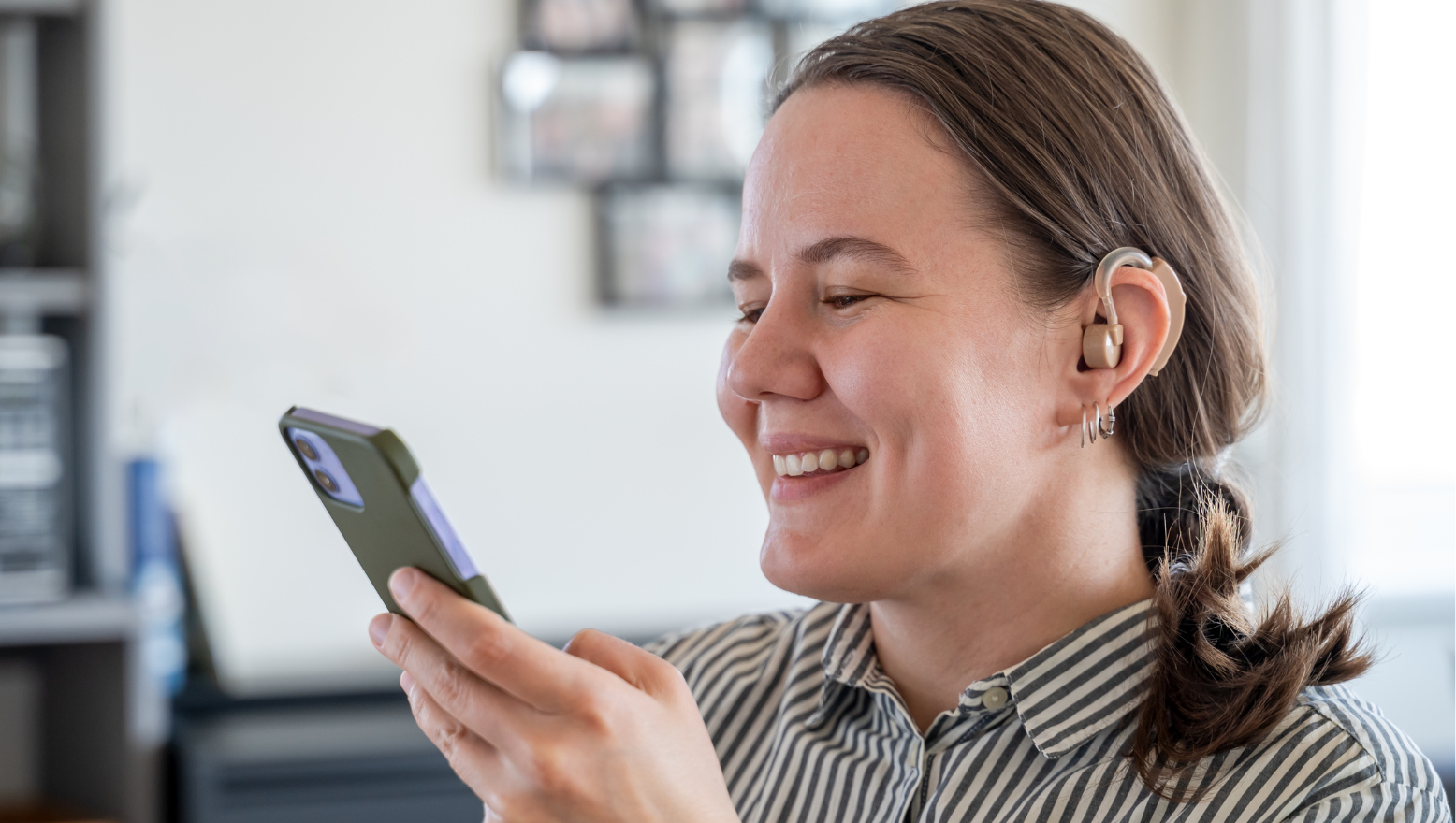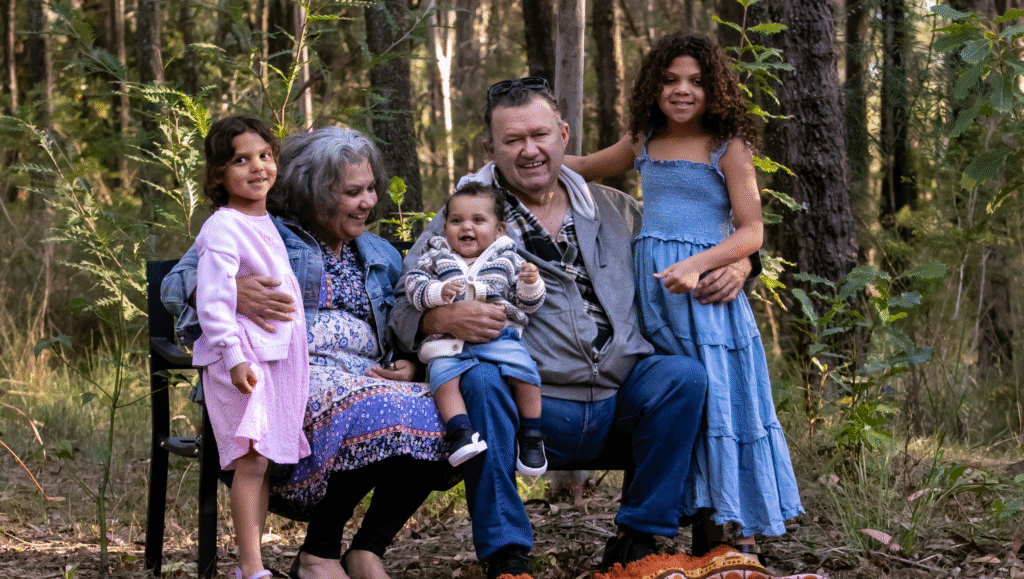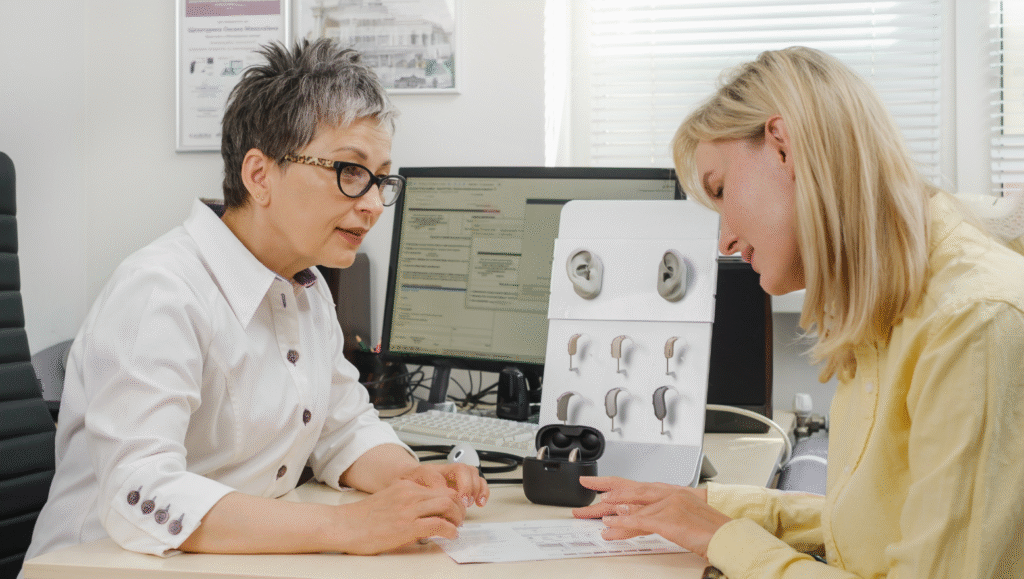NDIS hearing supports

Timely, accessible NDIS hearing supports help Australians, including children and Aboriginal communities, reduce the impact of hearing loss and stay connected to everyday life.
Deafness and hearing problems in Australia
Table of Contents
Hearing loss affects around 3.6 million Australians, that’s about one in six people, and that number is expected to rise to one in four by 2050 (Hearing Care Industry Association.
Among adults over 50, nearly one in three experience hearing loss; this jumps to three in four for those over 70. Sadly, only one in five Australians who could benefit from a hearing aid actually uses one.
Lower-income and disadvantaged communities are hit harder: those in the lowest income groups are more than twice as likely to have hearing loss as their higher-income peers.
Unaddressed hearing loss has real consequences, affecting communication, social connection, education, employment and mental wellbeing.
For First Nations Australians, the picture is even more concerning. Around 43% of Aboriginal and Torres Strait Islander people aged 7 and over experience measurable hearing loss. As of 2024, 2,200 First Nations NDIS participants reported hearing loss, and for 60% of them, it was their primary disability.

Childhood ear infections, like otitis media, are a major contributor, especially in remote communities, affecting up to 90% of young children.
NDIS and hearing supports
The NDIS (National Disability Insurance Scheme) helps Australians under 65 with permanent and significant disabilities without extra cost or means testing.
Hearing support often overlaps with the Australian Government Hearing Services Program (HSP). Typically:
- If you’re under 26, you’re likely eligible for HSP coverage of hearing aids. The NDIS can contribute for extras HSP doesn’t provide.
- If you’re 26 or over and not HSP-eligible, the NDIS can cover reasonable and necessary supports.
- If you already have a HSP voucher, you can keep using it until it expires, then move to NDIS support at your next plan review.
In October 2024, the NDIS clarified that hearing equipment not provided through HSP is now considered an “approved support” if it meets your needs.
What counts as an NDIS hearing support?
NDIS may fund a range of hearing-related supports, such as:
- Assistive devices (flashing smoke alarms, TV streamers, Roger microphones, vibrating alarms) not available via HSP.
- Hearing aids, for those over 26 without HSP eligibility, when audiologists confirm they’re essential for communication.
- Consumables like batteries or small technology upgrades (often under $1,500).
These must be reasonable and necessary, and tied to your personal goals in your NDIS plan.
See related story: Understanding NDIS replacement supports in your plan
Early intervention for children

NDIS offers a streamlined hearing stream for children under seven newly diagnosed with permanent hearing loss. This ensures timely access to therapies and technology critical for speech, learning and development.
Early support can reduce lifelong barriers, especially where childhood ear infections are common
NDIS hearing support eligibility and evidence
If your hearing loss is severe, above 90 dB in the better ear, you may qualify automatically, without needing to demonstrate functional impact.
If your hearing loss is moderate (65–90 dB), you’ll need medical and functional evidence showing how it affects daily life such as communication, safety, work or social participation. Audiologists play a key role in preparing this evidence.
Tips to navigate the NDIS hearing supports pathway
- Collect robust evidence: audiograms, GP or specialist letters, plus examples of real-life challenges.
- Raise extras at plan reviews: especially if transitioning from HSP or needing additional devices.
- Request assistive tech early: small upgrades (under $1,500) can make a big difference.
- Plan for remote access: in regional or First Nations communities, early planning avoids long delays.
- Ask for clarity on new rules: policy changes affect what’s funded, so on’t hesitate to ask a provider for a a clear and thorough explanation.
Why this matters
The social and economic cost of untreated hearing loss in Australia is huge, estimated at $12 billion annually through lost productivity, healthcare costs and social impacts
For First Nations people, especially in remote areas, hearing loss often limits educational, social, and work opportunities. That’s why access to hearing supports under NDIS isn’t just about health, but about fairness, inclusion and connection.
Access NDIS hearing supports through Leora Healthcare

Living with hearing loss isn’t just about missing sounds. It can mean missing out on moments, conversations and connection. At Leora Healthcare, we know how heavy that can feel, and we’re here to make sure you don’t face it alone.
NDIS hearing supports can open doors to better connection and confidence. And with our caring support workers by your side, daily life becomes easier, more comfortable and filled with moments that matter.
We’re here to make sure your support isn’t just about hearing better, but about living well.
Contact our team today to learn more.





